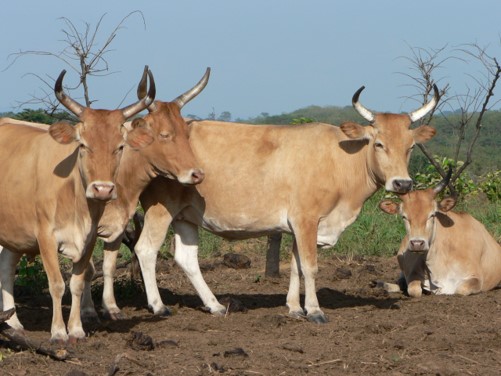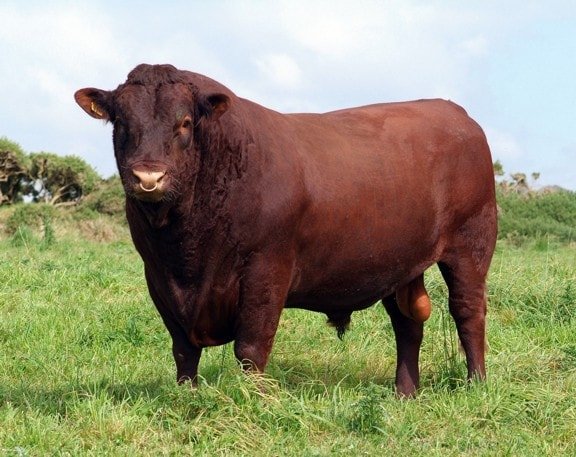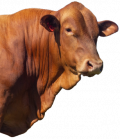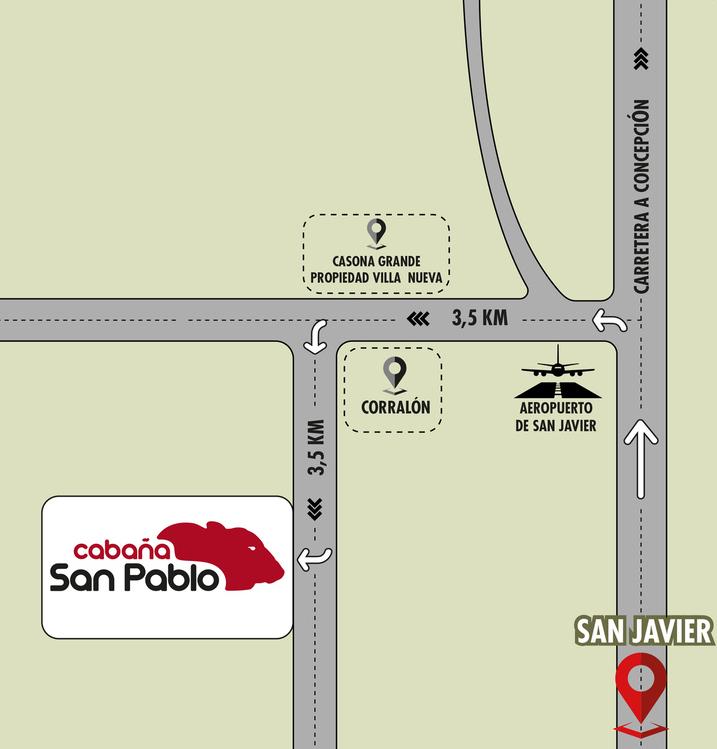Origin
Origin
In 1800, N'Dama cattle, a Bos Taurus, were imported from Senegal to St. Croix. After several centuries in Senegal, this breed had developed resistance to heat and parasites.
In 1889, Mr. Henry C. Nelthrop, owner of the Granard Estates Ranch, was one of the largest breeders of N'Dama, with over 250 head, which he kept as his purebred herd. His son, Mr. Bromley, wanted to develop a crossbreed that would combine the traits required to achieve higher levels of milk and meat production in the tropical climate of the Virgin Islands.
On several occasions, temperate climate animals had been imported, but these cattle did not resist the heat of the tropics and the nutritional stress.

In 1918, Red Poll genetics were introduced to Mr. Ncithrop's N'Dama herd with the objective of improving milking ability, improving fertility and eliminating horns. This genetic crossbreeding proved successful and formed the basis of the Senepol breed.
As more Red Poll influence was added, strict selection pressure was applied in crossbreeding to obtain red color, good genotypic conformation, sexual precocity. Good milk production, heat resistance and docility were also sought.
Since 1949 when the Nelthrop family herd was sold to island ranchers and the development of the Senepol breed on St. Croix was continued primarily by four primary breeders (Nelthrop, Castle Nugent, Annaly and Oscar Henry). All herds on the Island maintained genetic records which eventually formed the Senepol breed registry and database.
Growth and precocity evaluations on island farms began in the mid-1970s with the establishment of the Virgin Islands BCIA. In 1977 a plane with 22 purebred Senepol animals left for the United States and 29 years later the Senepol Cattle Breeders Association recognizes around 500 breeders and has over 60,000 animals in its database. Roy Senepol are excellently developed in 21 U.S. states and in countries such as Australia, Argentina, Brazil, Canada, Colombia, Panama, Paraguay, Bolivia, Dominican Republic, Ecuador, Nicaragua, Puerto Rico, Venezuela, Mexico, Philippines, Zimbabwe and wherever production cattle adapted to the tropics are required.
Nowadays, the Senepol has spread in Bolivia in a surprising way due to its results and adaptation, being the Senepol one of the preferred breeds for industrial crossbreeding and field riding.



